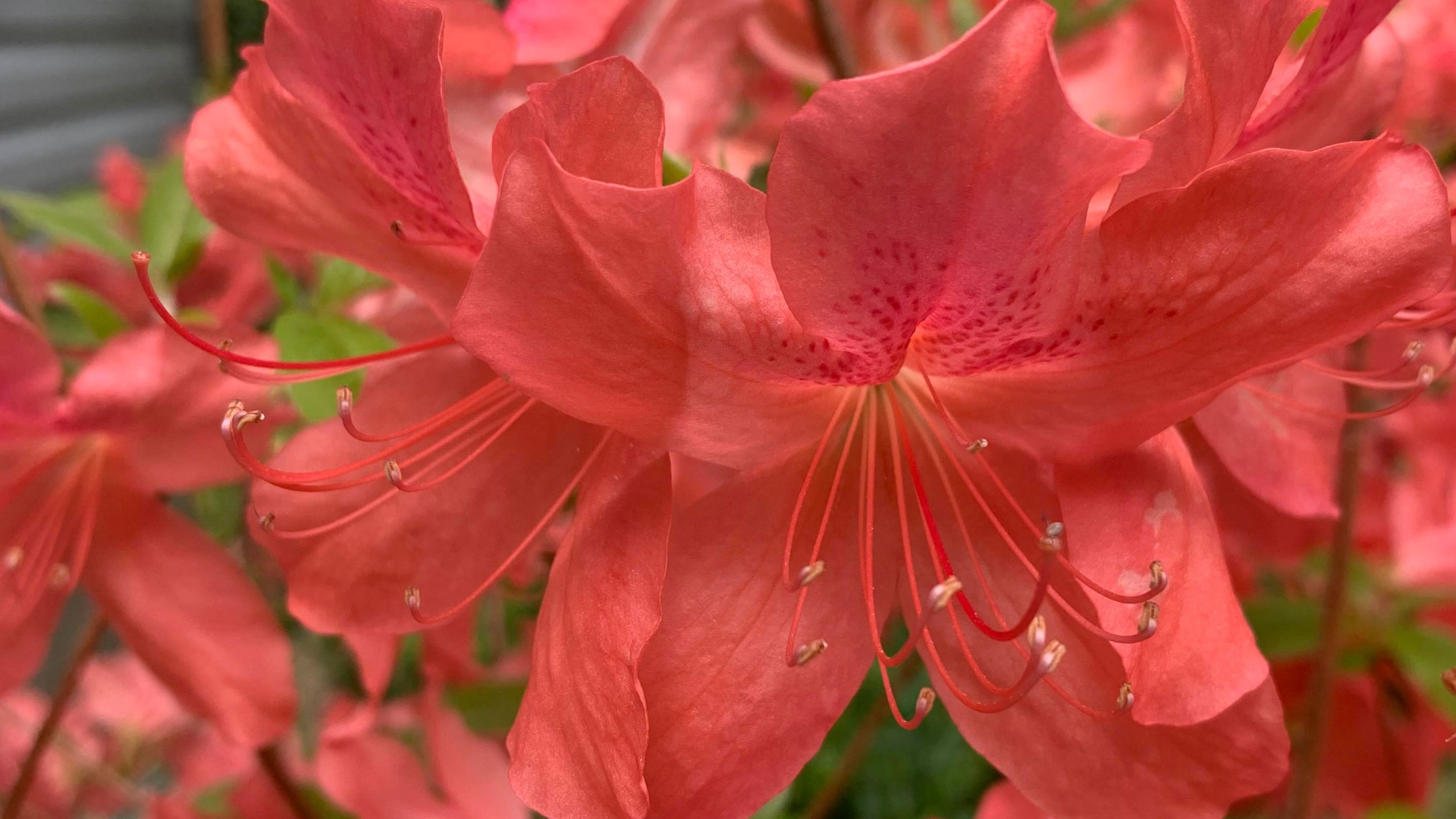

You might be wondering if you need to deadhead azaleas if keeping your flowers in tip-top condition all year round is important to you.
To get to the bottom of that question, we’ve asked an azalea pro on everything there is to know about deadheading azaleas and whether you should even remove the browning flower heads in the first place.
Of course, ensuring the greenery in your garden stays happy and healthy requires some work. Therefore it’s a good idea to keep a month-by-month calendar of garden jobs so you know what needs planting, protecting, and feeding throughout the year..
Do you need to deadhead azaleas?
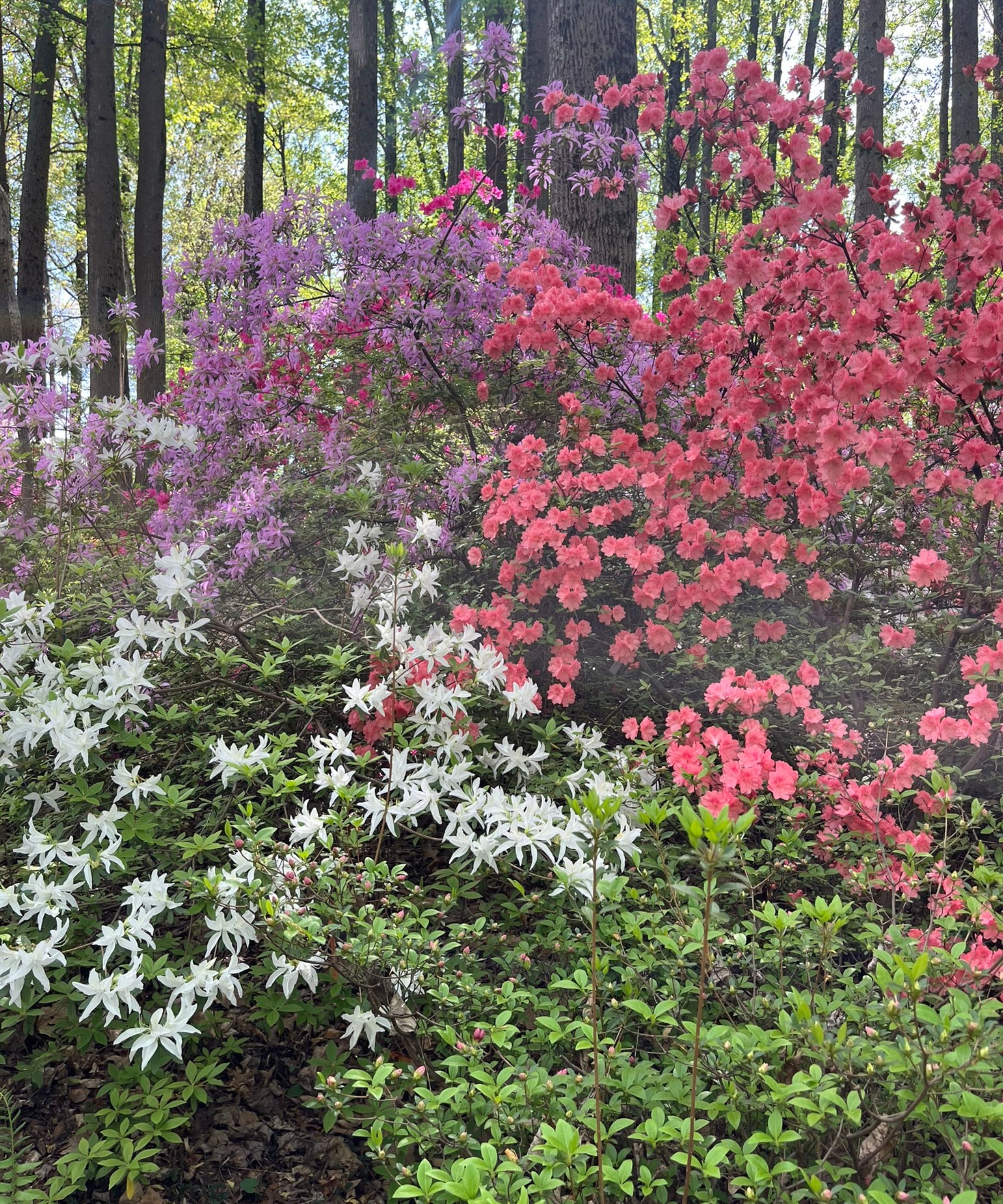
If you're thinking about what to prune in summer, azaleas may be first on your list. Kathy Jentz, host of the GardenDC Podcast, you don't need to deadhead azaleas.
“You can pick off all the spent blooms if you don't like the look of spent flowers hanging around for a bit (and have lots of extra time on your hands!),” Kathy says. “But it does nothing to help the plant's health nor does it encourage or help reblooming or future flowering in any way."
One of the great things about these shade-loving plants is that they have self-shedding flowers. "So deadheading is unnecessary," Kathy adds.
Would deadheading azaleas damage them?
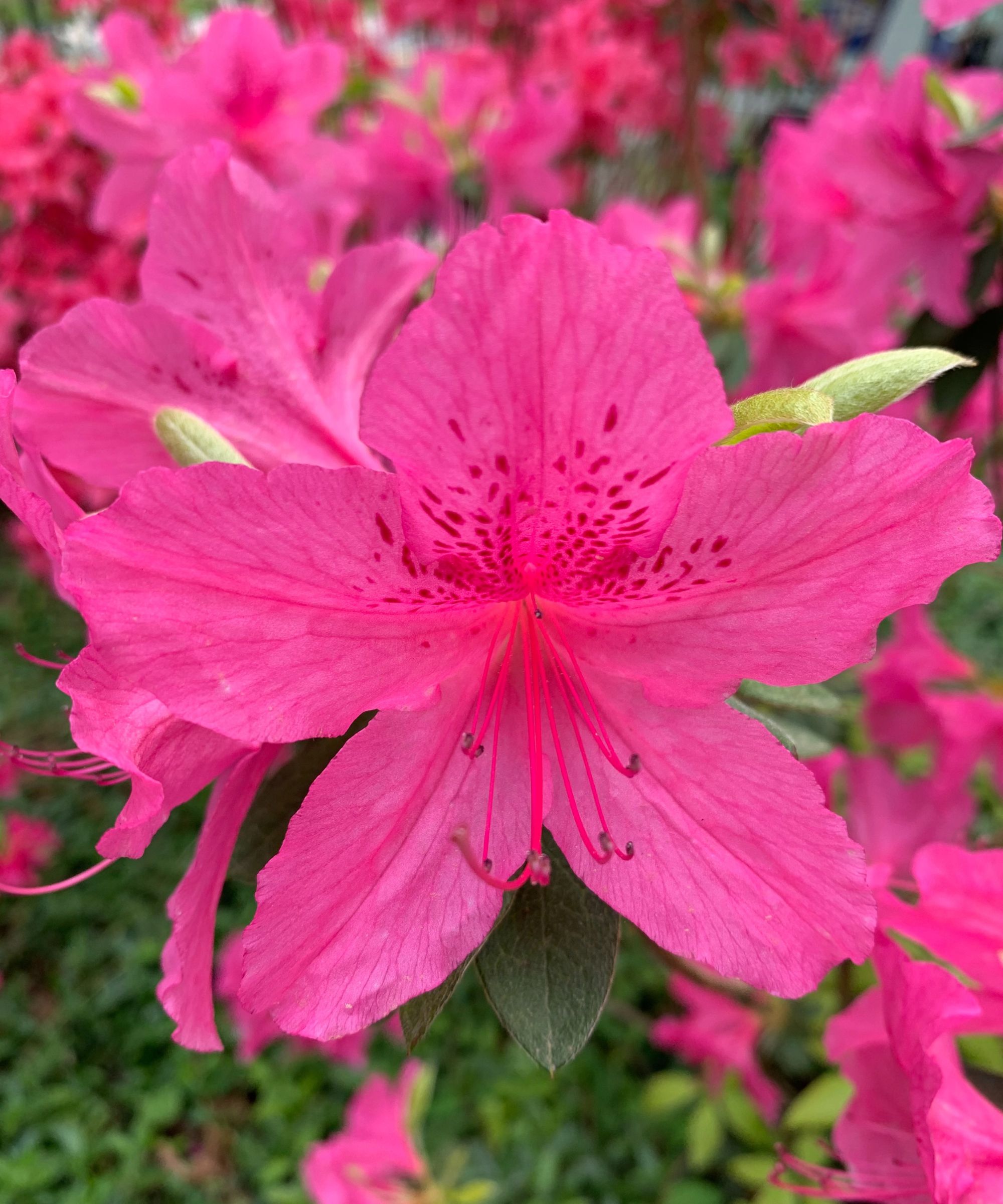
In one word: yes! “Deadheading can interfere with seed production,” Kathy explains. “So if you want to try to gather seeds from your azalea shrubs, do not deadhead them.”
Azaleas are one flower you don't have to deadhead. However, if you don’t like the spent white blossoms that turn brown before falling off, you could always set some time aside to pick them off.
“Again, that is a matter of personal preference and taste,” Kathy adds. “It has nothing to do with the plant's health or promoting more blooms as it might on other kinds of plants such as many perennial flowers.”
Doing so won’t damage the shrubs just as long as you’re plucking them by hand and not using pruners or snips.
To pick off the spent flowers, Kathy advises, “Grasping the spent blossom and plucking it out. Gather them in a bucket and compost them, rather than leaving them scattered on the ground. You should not use pruners or snips to deadhead as you may cut back the growth tips the plants need to generate more flowers next season.”
If you want to start composting, these are the bins to buy. And if you're yet to learn how to start composting, we asked gardening experts how you can make your own.
Dos and don’ts: top tips for pruning azaleas
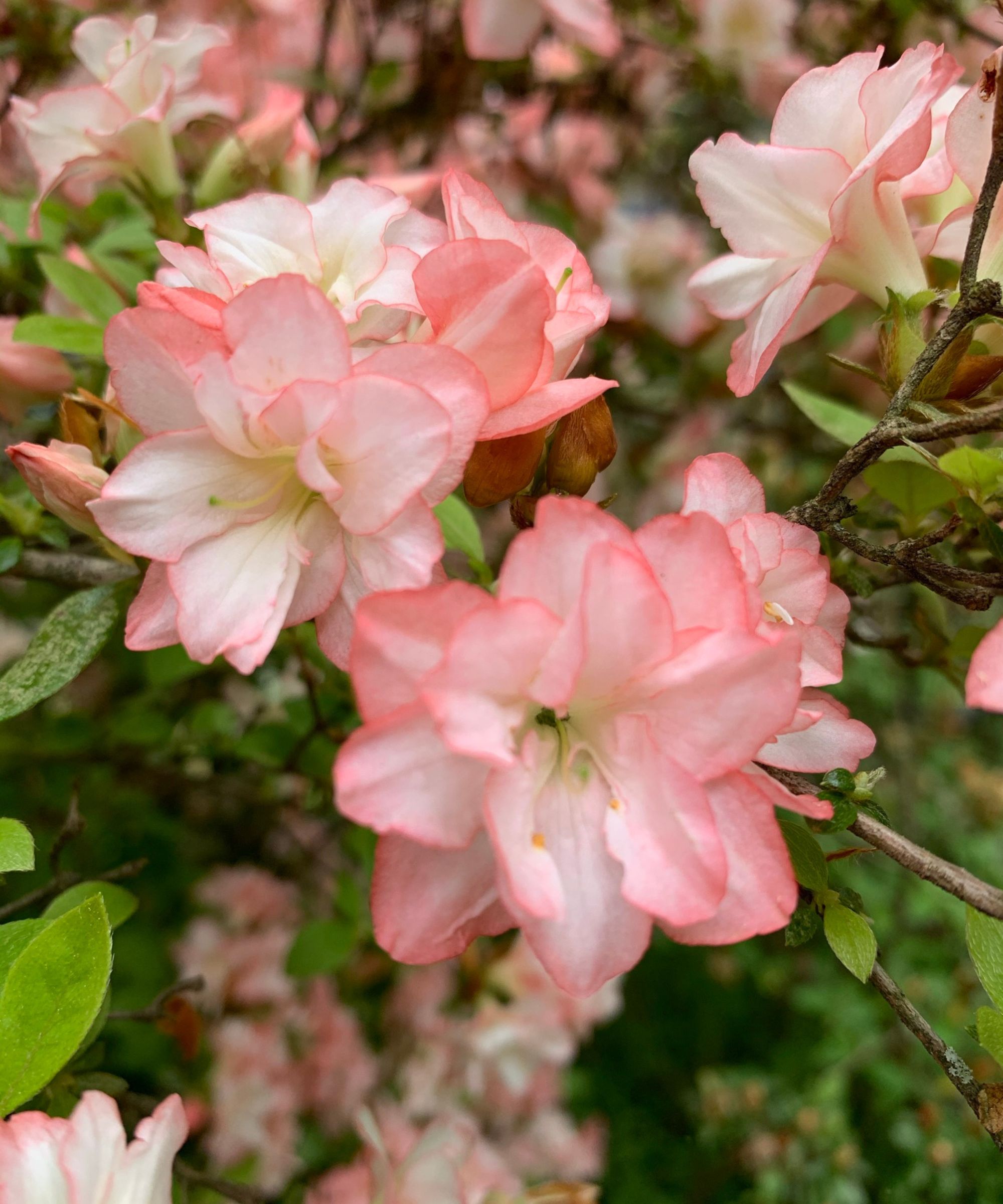
So, while you won’t need to deadhead Azaleas, these funnel-shaped flowers join the list of things to prune in spring.
“Prune any branches that are dead, diseased or damaged at any point that you notice these issues,” Kathy says. “Otherwise, azaleas should only need pruning if they become crowded or overgrown due to neglect or planting them in the wrong spot.”
To keep your blooms looking their best this year and the next, do:
- Prune small branches when the plant is in bloom (and enjoy them inside the house) or soon after. Want to know how to keep your flowers fresh longer once they’ve been cut? Make sure you bookmark these tips.
- Major pruning in early spring before the plant is ready to put out new growth, so it has the full growing season to fill out and for the new growth to mature.
- Prune azaleas to reduce height. With older plants, it is best to do the pruning in stages, to minimize the shock to the plant.
- Remove dead branches first. As the expert members of the Azalea Society of America point out: the effect of removing them may alter the way you approach pruning the rest of the branches to maintain the shape of the bush.
- Remove two or three of the tallest branches, taking care to cut back to a side branch that is heading in the desired direction.
- Cut close to a side branch, as stubs tend to die back to the side branch and leave dead wood which may become infected later.
- Mulch around the shade plant if you remove a lot of the branches to make up for the reduced shade on the roots. The new shoots, which will appear when the weather warms up, may come from the stubs and from the base of the plant.
Don't:
- Use unsterilized cutters. Sterilize them as the work progresses, particularly after a cut in infected wood. Denatured alcohol, like Sunnyside’s Denatured Alcohol which has scored 4.5 stars on Amazon, is an effective sterilizing agent, as is rubbing alcohol or household bleach.

Price: $69.95
Interested in adding another azalea to your outside space? As their name suggests, these five-star rated options feature beautiful clusters of white-colored blooms and this foliage is lighter green than other Girard varieties available. Plant this beauty in shady parts of your garden, and watch it grow to up to two feet in height and three feet in width.

Price: $21.99
Make simple gardening tasks, like tending to your azaleas, as comfortable as possible with this trio of floral printed goods from Colwelt. The set includes a kneeling mat, a trowel and gardening gloves which come in a beautiful green floral print finish. The pad comes with 2-inches of padded comfort and its handle makes for easy holding.

Price: $21.99
Don't forget to compost all those browning azalea blooms in a compost bin, like this five-star rated option from Amazon. Rust-resistant, this compost bin is designed for indoor use. So along with your blooms, it will also hold your vegetable peelings, fruit waste, and teabags. It's also designed to control odors naturally. However, during the warmer months, you could invest in one of the best air fresheners to help minimize any smells.
Should you deadhead rhododendrons?
Azaleas belong to the Rhododendron genus as they are a sub-group within this family. If you have one of these plants in your garden or blooming in a pot, you might be questioning: should you deadhead rhododendrons?
Kathy says, "You can deadhead large-flowering rhododendrons to neaten their appearance and to reduce the number of seeds being set.
“Once the flowers start to wilt, find the central axis of the cluster, called a truss, and push on it to the side with your thumb and it will snap free. Take care not to damage the growth buds or new shoots located just below the flower cluster.”
For more tips on how to care for hydrangeas, guidance on where to plant hydrangeas in your garden, and simple reasons and quick fixes for why your hydrangea's not blooming in your green space, discover our range of gardening advice.
Meet our expert
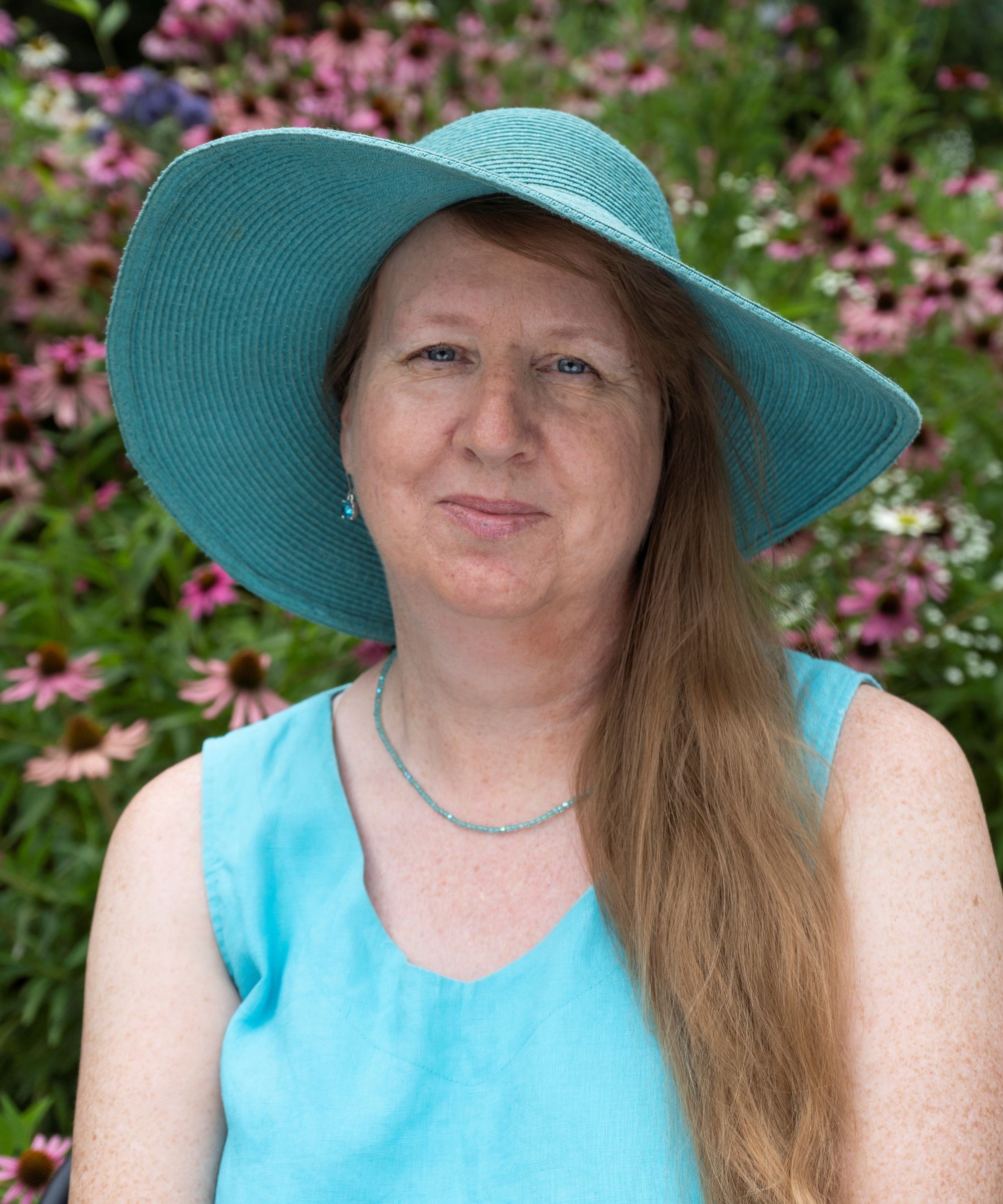
Kathy Jentz is an author, an award-winning podcaster, and a life-long gardener who believes that growing plants should be stress-free and enjoyable. Her philosophy is inspiration over perspiration. She is the publisher of the award-winning Washington Gardener Magazine and the editor of three plant society journals, including the Water Garden Journal (IWGS), The Azalean (ASA), and Fanfare (Daylily Society Region 3).
For more information on how to deadhead hydrangeas, visit our expert-backed guide with top tips on what you’ll need and when to do it. Plus, to ensure your garden thrives this month (and beyond), discover how to deadhead roses and the 7 plants you should prune in August.
Join our newsletter
Get small space home decor ideas, celeb inspiration, DIY tips and more, straight to your inbox!
Becks is a freelance lifestyle writer who works across a number of Future's titles. This includes Real Livingetc, Top Ten Reviews, Tom's Guide, TechRadar and more. She started her career in print journalism at a local newspaper more than 8 years ago and has since then worked across digital and social media for food, fashion and fitness titles, along with home interior magazines. Her own interior style? She's a big fan of Scandi designs and the same can be said for creating mindful spaces in every corner of her home. If it doesn't spark joy or happiness, it has no place here. When Becks isn't writing, she’s reading or probably thinking of more ways to add pink to her space.
-
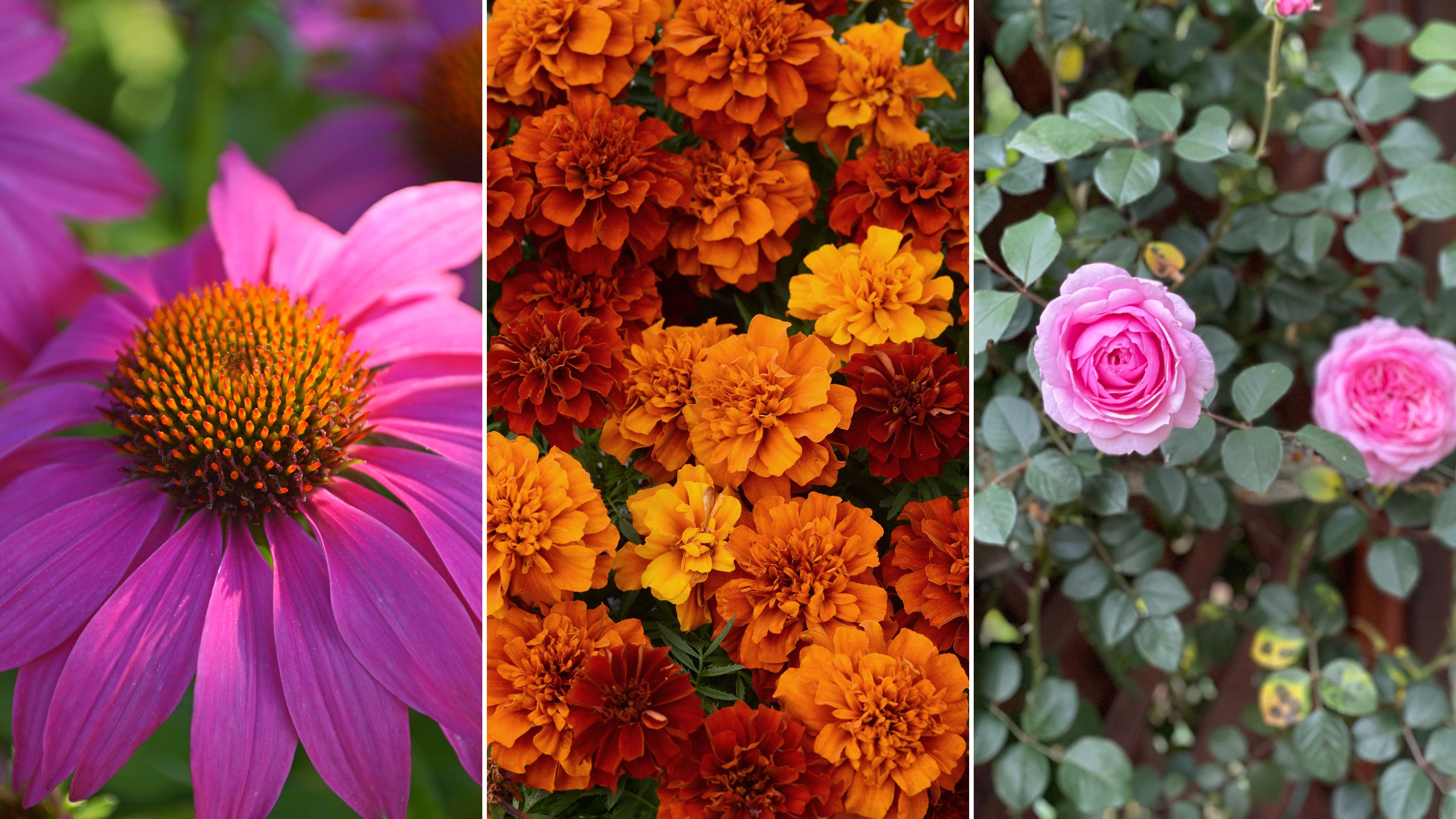 The 7 flowers to plant in August, according to gardening gurus
The 7 flowers to plant in August, according to gardening gurusKnowing what flowers to plant in August isn't always so clear-cut. But that's why we called in help from pro planters — here's what they said to pot.
By Becks Shepherd
-
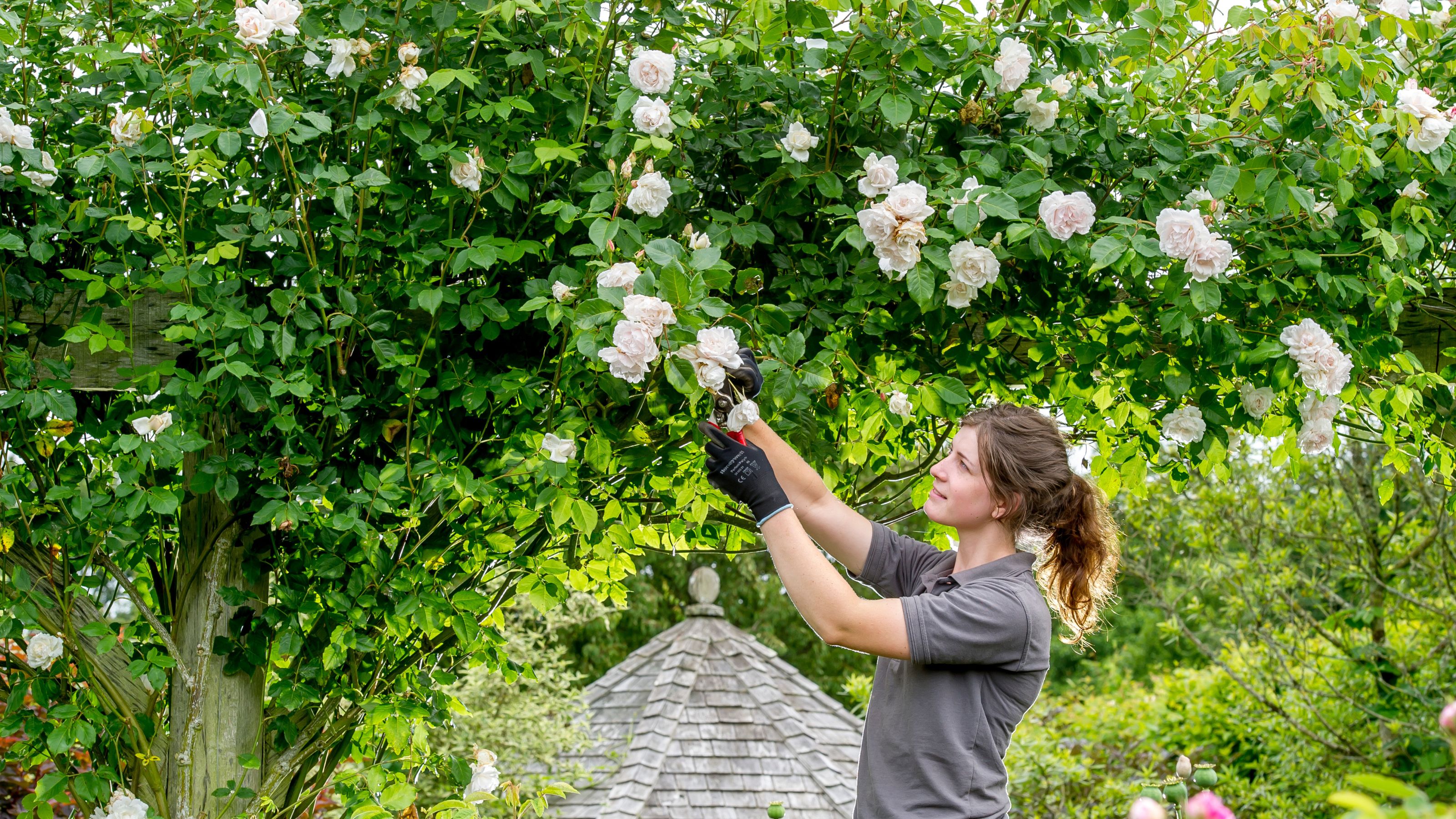 The 7 plants to prune in August — and the 2 pieces of greenery you shouldn't touch
The 7 plants to prune in August — and the 2 pieces of greenery you shouldn't touchWondering what plants to prune in August? We asked a gardening expert for their top tips plus info on what pieces of greenery to avoid pruning this month
By Becks Shepherd
-
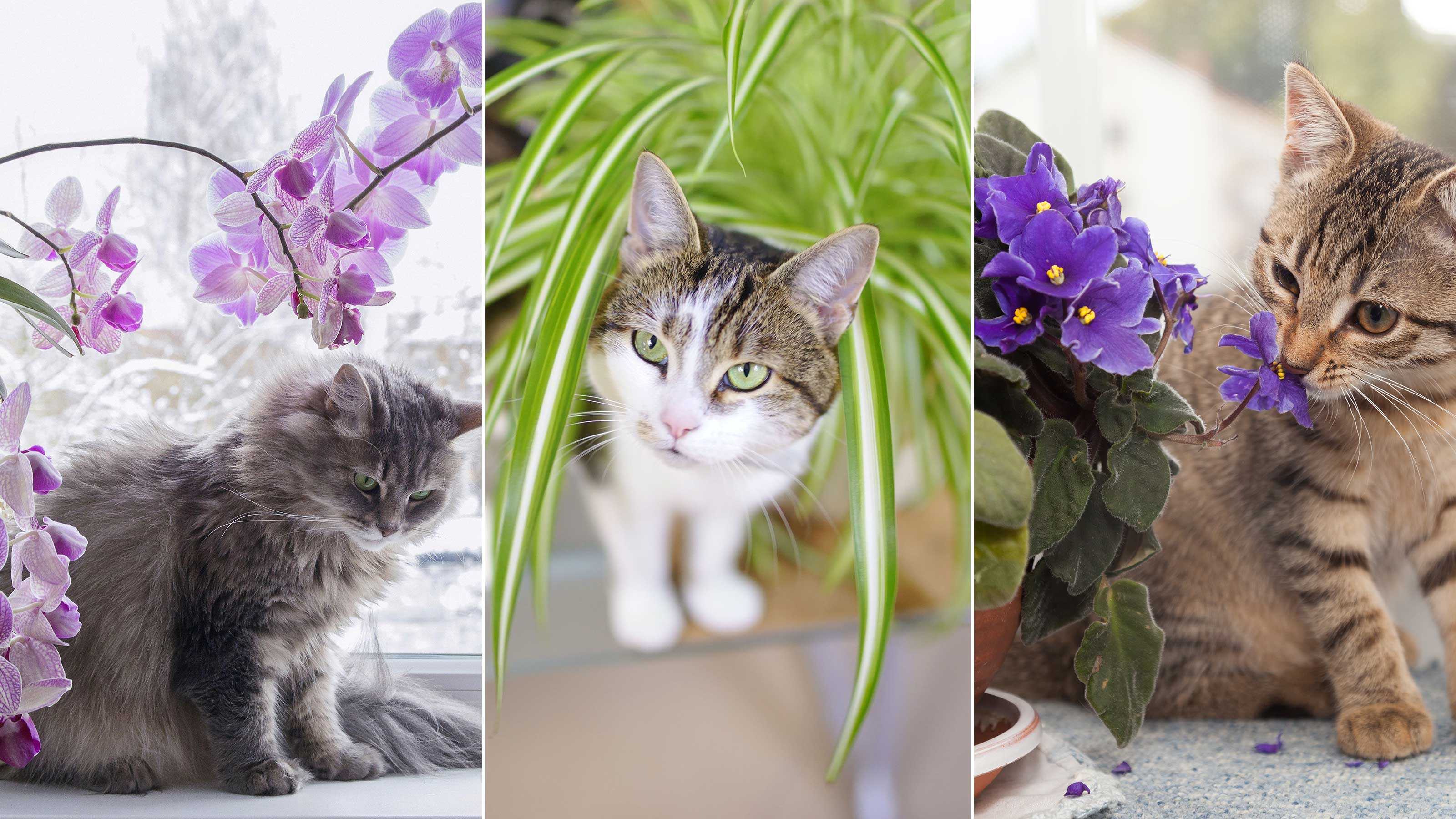 10 houseplants that are not toxic to cats — plus expert advice on keeping your pets safe
10 houseplants that are not toxic to cats — plus expert advice on keeping your pets safeKeep your four-legged companion safe by choosing these houseplants that are not toxic to cats, and learning the dangers of those that are, according to veterinary experts
By Holly Crossley
-
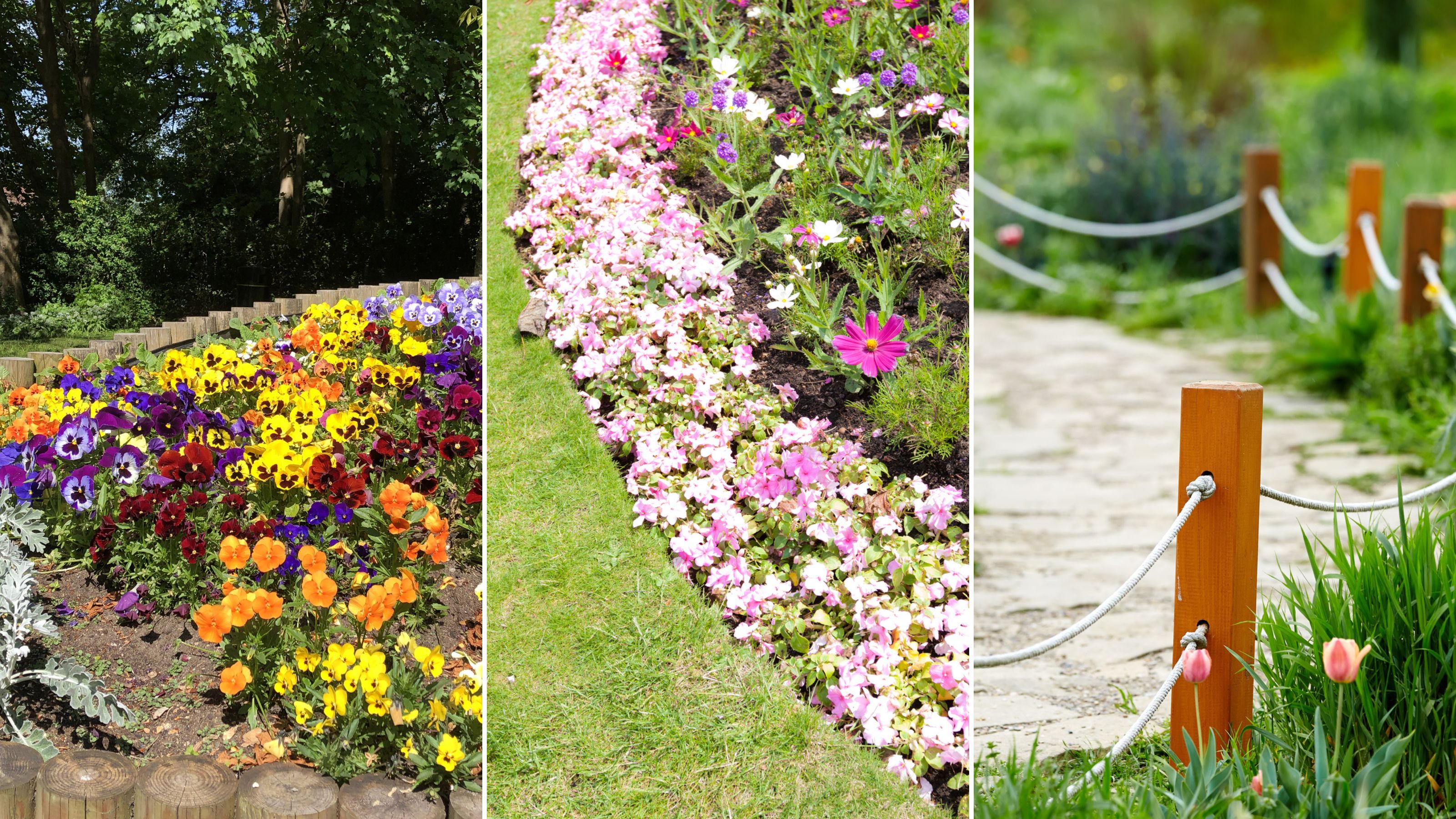 14 lawn edging ideas that will add definition and style to your backyard
14 lawn edging ideas that will add definition and style to your backyardWant to neaten up your lawn with lawn edging ideas? From fresh flowers to laidback bricks, we've scouted out materials and styles that look brilliant
By Eve Smallman
-
 Which houseplants are toxic to dogs? Vet experts pinpoint problem plants and solutions
Which houseplants are toxic to dogs? Vet experts pinpoint problem plants and solutionsWondering Which houseplants are toxic to dogs? We spoke to vets about the problematic leafy greens, what they trigger in dogs, and how to find a solution
By Danielle Valente
-
 How to attract hummingbirds to your backyard, according to ornithologists
How to attract hummingbirds to your backyard, according to ornithologistsTrying to figure out How to attract hummingbirds to your backyard? These ornithologist-backed tips will guarantee you visitors in no time
By Danielle Valente
-
 Does hydrangea bloom every year? Pros spill the dirt on the "garden favorite" and when to expect it
Does hydrangea bloom every year? Pros spill the dirt on the "garden favorite" and when to expect itWondering, "Does hydrangea bloom every year"? We asked the pros all about the garden favorite and how often to expect them — here's the dirt.
By Danielle Valente
-
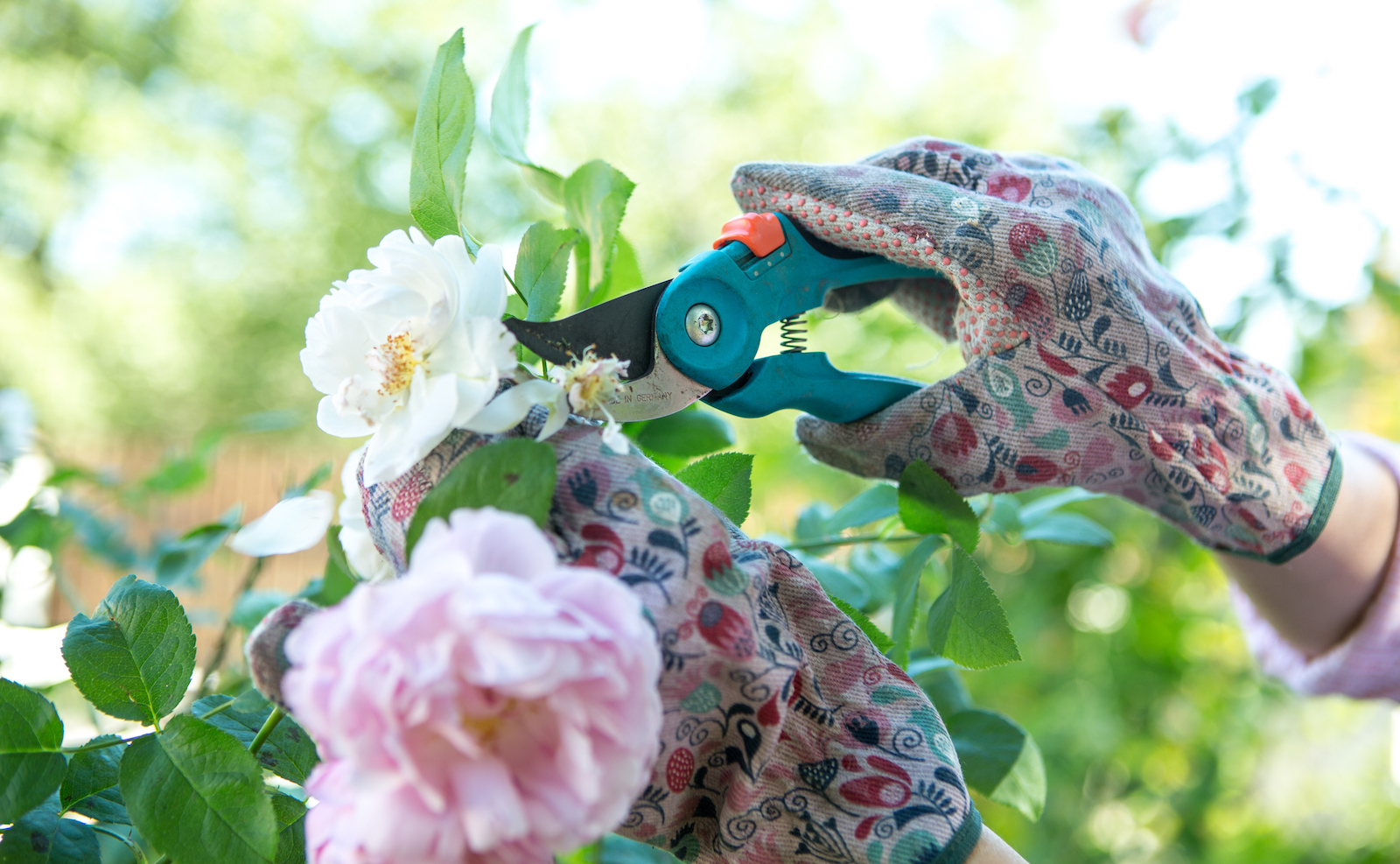 What to prune in spring — experts reveal how to get a lush, full garden
What to prune in spring — experts reveal how to get a lush, full gardenCurious what to prune in spring? We asked gardening experts for their top tips for a luscious, thriving garden
By Danielle Valente